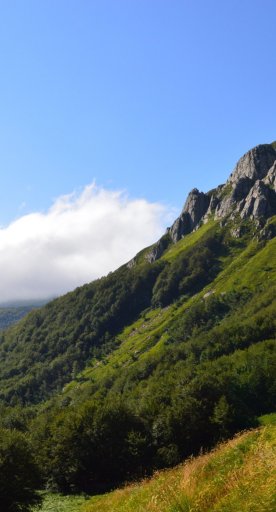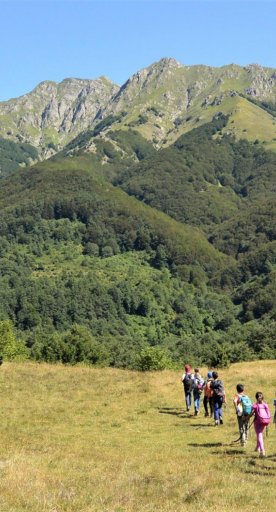
Former Convento del Carmine in Fivizzano
A place rich in history amid the mountains and olive groves of Lunigiana
|
Near Fivizzano in Lunigiana, surrounded by magnificent expanses of olive groves, with the dark green of the distant chestnut woods in the background, you can still see the structures of what was once the Convent of the Carmelites, located along the route that connects the Lunigiana territory to Garfagnana. It is a place rich in history and very important for the entire population of Lunigiana. It was here that, in the mid-1600s, the Blessed Angelo Paoli, who was born in nearby Argigliano, entered as a young man. The convent of Fivizzano was founded in 1568, by Friar Raffaele da Cirignano, a Carmelite clergyman. The building of the convent lasted many years and, during its construction, the friars were given accommodation in the maternal home of Friar Raffaele. 20 years later, the monks finally had a church dedicated to the Madonna della Neve (Our Lady of the Snow) and a real Renaissance-style monastery with a square cloister, columns and a central well, made of local sandstone. Around 1700, the cloister was frescoed with several lunettes excellently made by Stefano Lemmi, a well-known painter from Fivizzano, from the school of Guido Reni in Bologna. The convent continued to grow and develop rapidly between 1600 and 1700, becoming increasingly important. However, two centuries after its foundation, it was suppressed at the behest of the Grand Duke of Tuscany, Pietro Leopoldo, in 1782. After a long process of decay and reuse, the convent was purchased, towards the end of the 19th century, by the Adreani family of Fivizzano, who still owns it. The Adreani family carried out some conservative restoration work on the cloister, on a hall and on various rooms on the ground floor, creating the spaces necessary for holding weddings, parties and various events. Above all, they focused on the restoration of the “lunettes” frescoed by Lemmi, which were in a serious state of decay, entrusting the work to teachers and students from the school of Botticino and from the Academy of Fine Arts of Brescia, who did an exceptional job of recovering the frescoes throughout the cloister. Thanks to the restoration and recovery works in the Convent, today you can enjoy the privilege of experiencing an ancient Renaissance cloister, completely restored with the original colors that recreate a truly unique and evocative space. |









